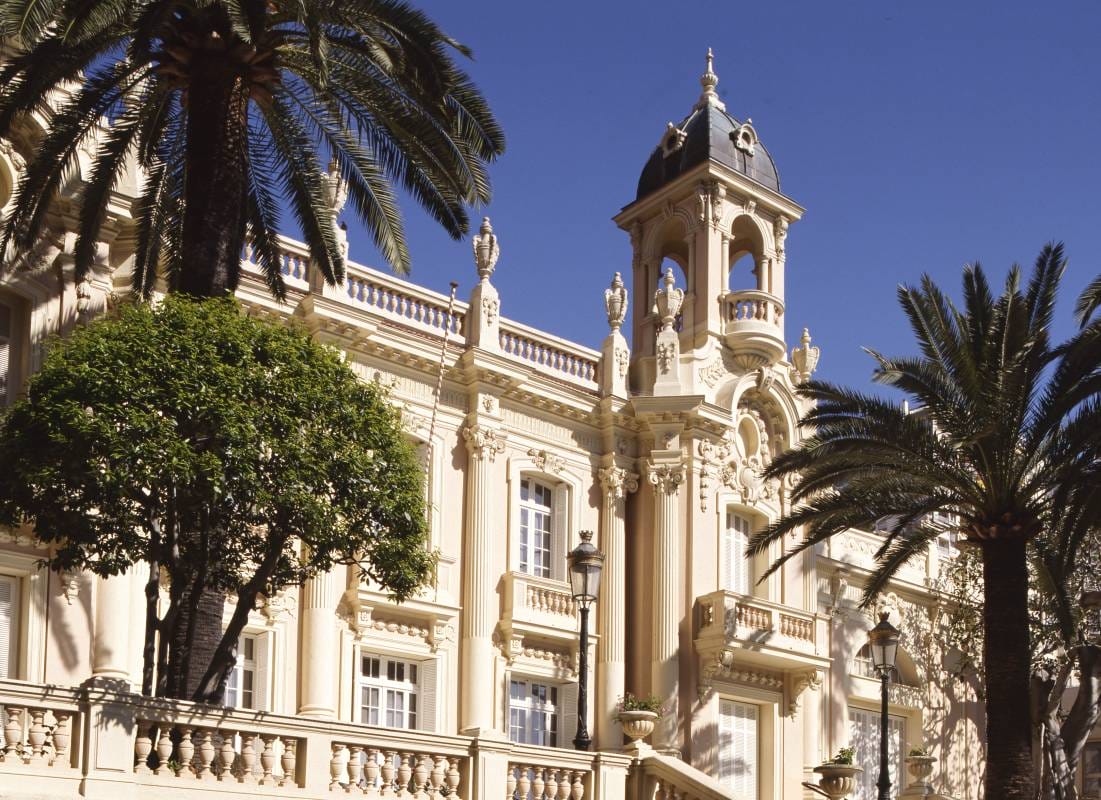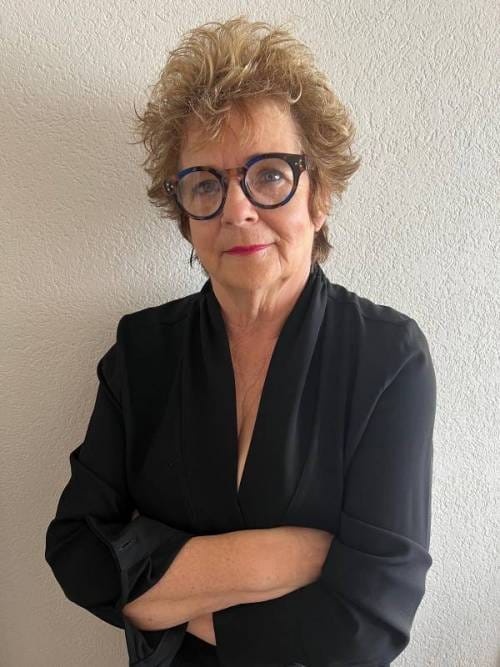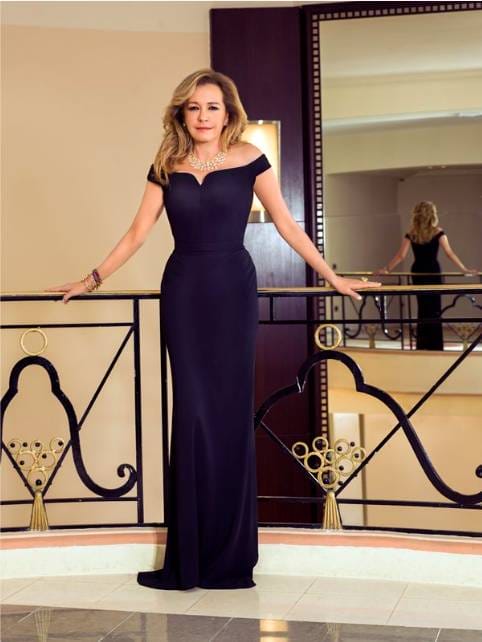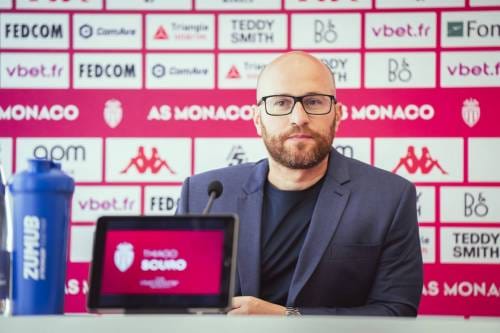Established in the Principality since 2001, Björn Dahlström succeeded Marie-Claude Beaud at the head of the New National Museum of Monaco (NMNM). Whilst pursuing her strategy, he is also introducing a personal touch to each exhibition: a great open-mindedness, a keen intellectual curiosity and a taste for establishing a dialogue between different arts. A transversal way of seeing things. Eclecticism in the best sense of the word. This somehow sums up the man presenting two major events of this summer: “Pasolini in chiaroscuro” at the Villa Sauber (until September 29) and “Miquel Barceló, oceanographer” at the Villa Paloma (until October 13).
These choices reflect his desire to mix visual arts and the world of ideas, cinema and literature, sculpture and painting, fashion and design. He is ever conscious of the bridges linking the ancient world to that of today, guiding artists throughout centuries.
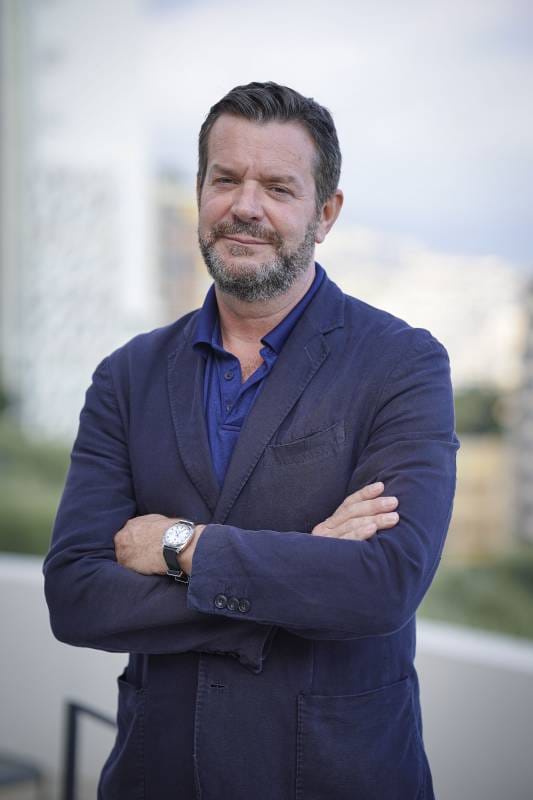
HelloMonaco: Multidisciplinarity is your signature trait. How do you relate to the NMNM history?
Björn Dahlström: I actually follow in the footsteps of Marie-Claude Beaud whilst respecting a certain transversality. She was the one who trained me. I worked in a number of different museums: ethnographic, monographic, fashion, literature… My first experience was at the Museum of Modern Art in Luxembourg. Marie-Claude was indeed a true pioneer in terms of bringing together different arts. I just want to maintain this transversal approach.
Since this is the only contemporary art museum in Monaco, I believe we must remain extremely open. You have to capture the public interest, surprise, astonish. This is the brand image of the museum, with myself pursuing its history. It is for this reason that I feel so comfortable here. I find thought-provoking exhibitions, like “Pasolini in chiaroscuro”, particularly interesting …
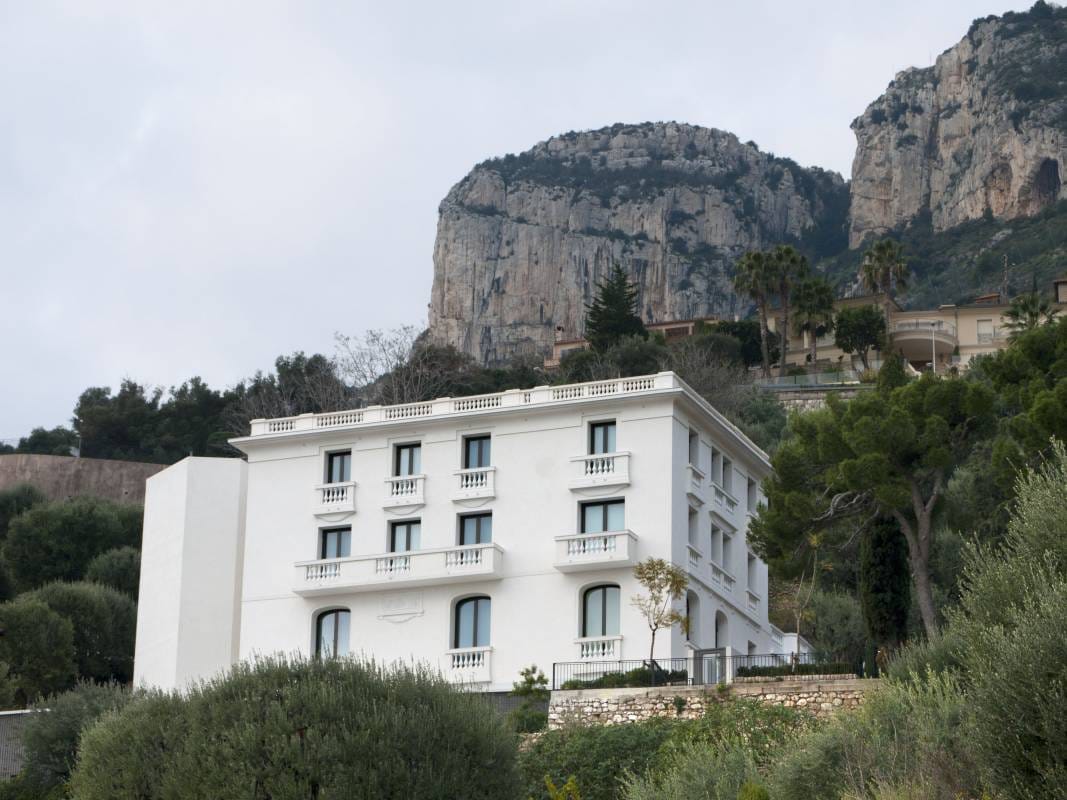
HM: It’s still a somewhat rebellious choice…
BD: Indeed, since we are evoking a somewhat sulphurous personality. But Pasolini was also a great intellectual, a rich character, full of contradictions. Poet, writer, filmmaker, he even painted and drew pictures… This exhibition has different perception levels that would relate to everyone. Those new to Pasolini may learn something from it and so can his great connoisseurs. This is what we must aim for: attracting different audiences.
HM: Among the great personalities who influenced your life is Bob Wilson… What is his heritage?
BD: It was back when I working with Bob Wilson in his US Foundation that I met Marie-Claude Beaud. Alongside with her and Pierre Bergé who I also met through Bob Wilson, he is a role model to me…
HM: When we think of Pierre Bergé, it evokes Yves Saint-Laurent. Was he the one to introduce you to the world of fashion?
BD: We live with fashion. Yves Saint-Laurent remains very contemporary. I started working in this museum at the moment when fashion exhibitions had never been that important. Fashion is synonymous with today’s world, and that’s what interests me most. We all have a relationship with clothes. Yves Saint-Laurent drew from men’s wardrobe to create fashion, emblematic for women. The 20th century marked freeing from dress codes, with each form delivering its message.
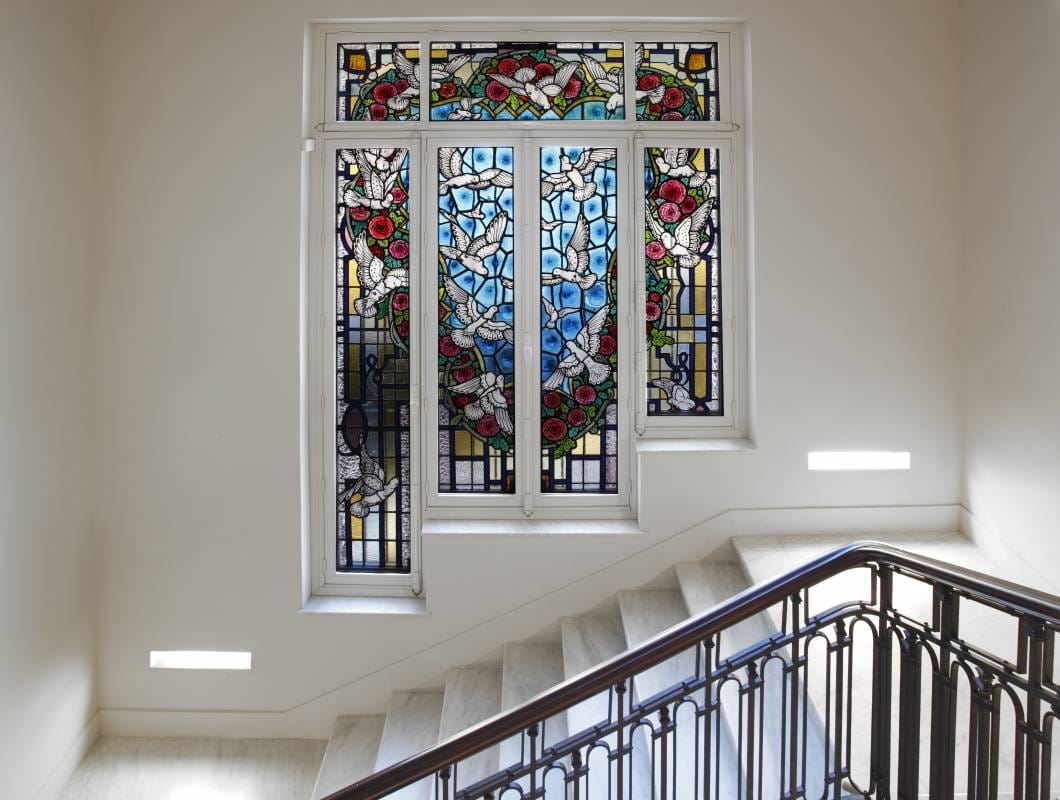
HM: Is there a major exhibition underway along these lines?
BD: Yes, we have a great fashion personality in mind. We are working on it…
HM: May we know who it is?
BD: Gabrielle Chanel. The exhibition at the Villa Paloma will be establishing a dialogue between the works of contemporary artists and Chanel models.
HM: And how does Barcelò fit into this? Isn’t it more of an eco-conscious exhibition?
BD: Not really. This exhibition naturally conveys the love of the sea. Barcelò is a great Mediterranean figure, a native of the Balearic Islands. He is a true genius both as an artist and ceramist. Magnifying the sea, he is questioning our ecological conscience. But I do prefer exhibitions that provoke rather than explain. We are also displaying embroideries he made four-handed with his mother. A sort of marine bestiary on tablecloths.
HM: What is your museum’s DNA?
BD: Its DNA is first and foremost about its collections. They are plentiful, and to be confronted through the perspective of guest artists. Putting heritage into perspective with our modernity. Our contemporary art collection is relatively young, just like the museum, but rich nonetheless. On top of it, we also have some 4000 costumes, automatons and dolls… The history of this country must also be taken into account. Transversality is indeed the museum’s hallmark.
Two acquisition committees meet every year. Collectors are involved in what we are doing, lending us art works. This is what the museum’s DNA is all about. The history of the Principality, the transversality, older collections rubbing shoulders with contemporary art.
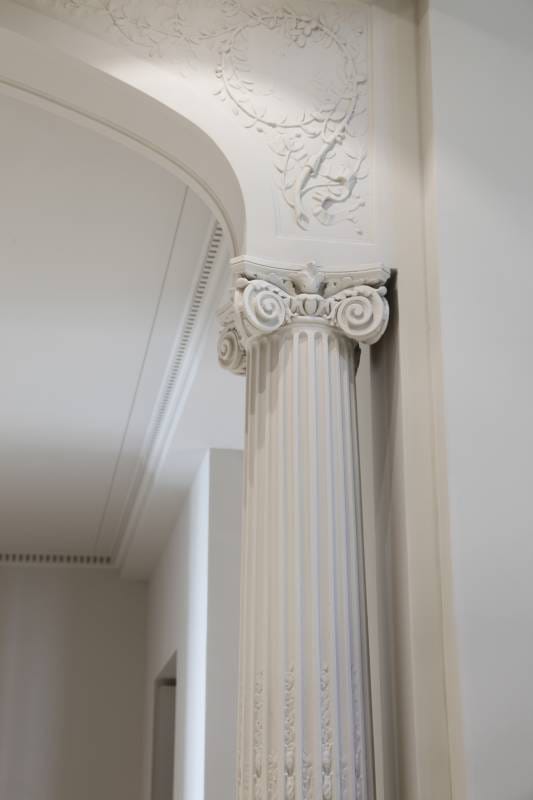
HM: And what about your own DNA?
BD: I have three role models as I mentioned. Marie-Claude Beaud, Bob Wilson and Pierre Bergé. Their approach, their vision of creation inspired me. But I do have DNA of my own… As for my taste for the arts, it all started by visiting the Louvre. Back when I was a child, I was passionate about mythology.
HM: Rehabilitating Zola’s house and creating the Dreyfus museum, wasn’t it somewhat of a civic commitment?
BD: It was Pierre Bergé’s political standpoint. Same as when he asked me to create a Berber museum in Marrakech. A civilization museum promoting the culture of the North African original population. Opening the Dreyfus Museum was paying homage to the committed Zola. This museum establishes a dialogue between two great French destinies. Pierre Bergé has always been advocating the unprivileged suburbs.
HM: Aren’t artists messengers of the unprivileged suburbs?
BD: They are, in one way or another. Some activist artists are particularly committed. But they all are in the sense of offering us an interpretation of the world. Artists are different. Some are difficult to decipher. Thence the importance of the mediation…

HM: In what way is this mediation ensured at the NMNM?
BD: An audience needs to be prepared. We go to schools, carrying out real educational work and have been doing so for fifteen years. All the children who visit our museums necessarily get something out of it. A form of enlightenment they had previously not been exposed to. I personally have faith in school. It meant a lot to me. I was forged by certain experiences, my first visits to the Louvre among them. Passionate about mythology as I was….
HM: Speaking of educational work, I believe that young people do have their say in the Museum’s acquisition policy…
BD: They do. Through the apprentice collectors program, its eighth edition having taken place in April. This project is amazing! I look forward to this event every time. Nineteen high school students (Première to Terminale), specialized in visual arts, come to Paris to carry out research and selection work. They have an acquisition budget of €20,000 to spend at the Art Paris fair. Having stood their ground in front of a prestigious jury, they persuaded us to acquire a set of works from the “The Song of Birds” installation by Franco-Algerian artist Katia Kameli. This program is going big, preparing the collectors of tomorrow.
HM: Are you a collector yourself?
BD: No, I own some art but I don’t consider myself a collector. My tastes are varied. I buy on impulse. I am surrounded by objects very close to the contemporary world.
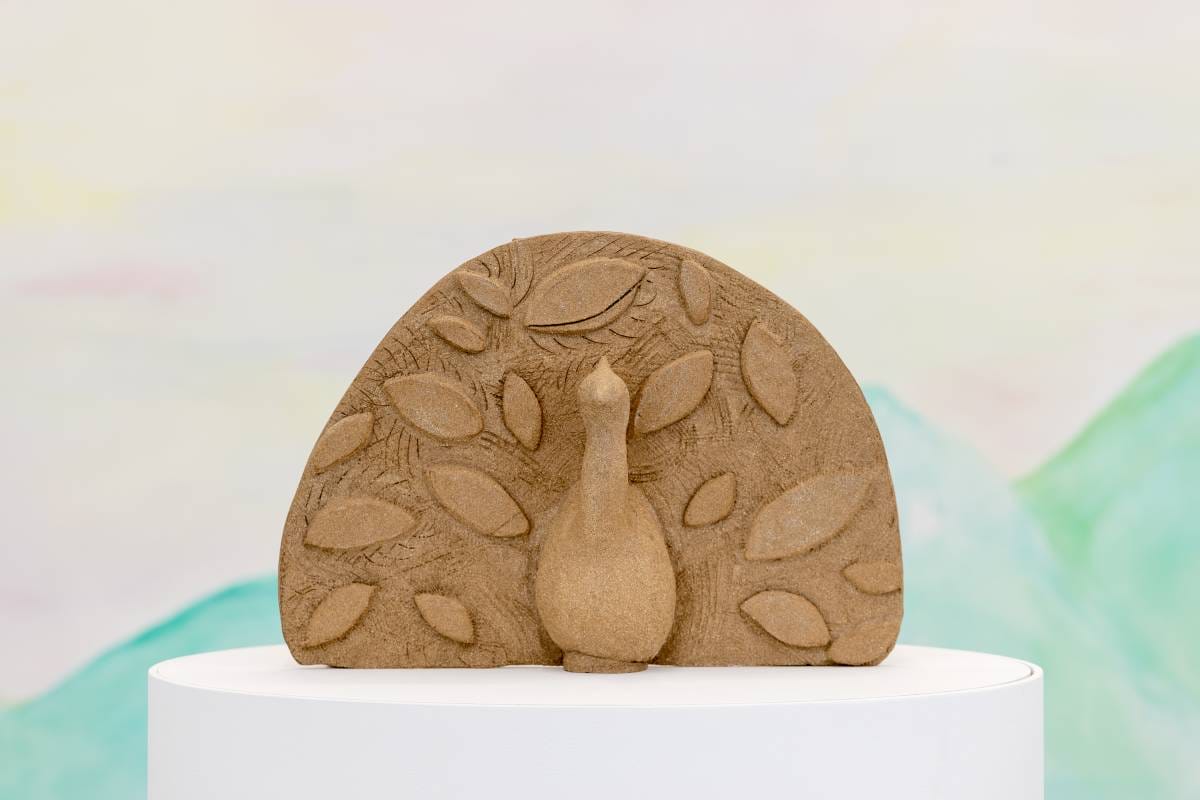
Ceramic sound sculpture 33 × 45 × 16 cm
Courtesy of the artist and Galerie 110 Véronique Rieffel.
Photo : La Criée centre d’art contemporain, Rennes © Marc Domage
© Katia Kameli / Adagp, Paris, 2024
HM: Is beautiful a derogatory word today? Many contemporary artists refuse this qualifier…
BD: Quite the opposite, beauty exists! I confronted it very young, during my first visits to the Louvre.
HM: Do you have a dream?
BD: A completely unrealizable one. To be allowed to choose one hundred art works from all around the world, in any institution, without any constraints or limits. To put on an exhibition, my perfect exhibition. This is not feasible. Some works never leave their museum… I would take great pleasure working on it, but this is not possible…
Since this is the only contemporary art museum in Monaco, I believe we must remain extremely open. You have to capture the public interest, surprise, astonish.
All the children who visit our museums necessarily get something out of it. A form of enlightenment they had previously not been exposed to.



